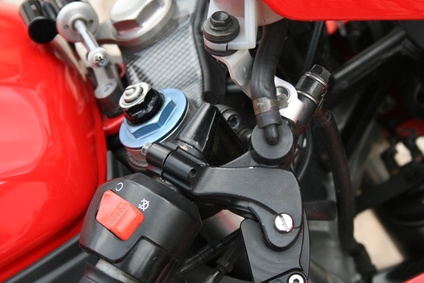
The Honda Civic sports one of the best fuel economies on the highway at nearly 40 miles to the gallon. Faulty equipment, like a bad oxygen sensor, can cause engine systems to malfunction greatly reducing one of the vehicle's greatest assets. Drivers that experience symptoms of a damaged oxygen sensor should seek the aid of an auto mechanic immediately to avoid permanent damage to fuel injectors and other engine components.
The oxygen sensor in a Honda Civic monitors the engine's air to fuel mixture. Faulty sensors are unable to regulate this mixture resulting in a rich or lean running engine which increase the vehicle's emissions through inefficient engine combustion. This will also ruin fuel economy. According to accessconnect.com, replacing a faulty oxygen sensor can improve the fuel economy for an automobile by up to 15 percent.
The Civic's Macpherson strut front suspension (standard on all models made after 2005) is designed to provide increased ride comfort and sharp handling. The sensitivity of the suspension's response often makes a driver aware of vibrations induced by a faulty oxygen sensor. The vibration is caused by the sensor's inability to regulate the timing of fuel injection which leads to insufficient fuel while the car is idling. The driver will experience this as a rattle in the engine block which can extend through the front of the vehicle and up through the gas pedal and/or steering column.
Driver's using the Honda's 5-speed manual transmission will notice engine hesitation immediately upon shifting to accelerate from the idling position. This is caused by the damaged oxygen sensor misreading the engine's air flow needs and sending too much or too little fuel to the engine cylinders. As a result the engine may sputter, accelerate intermittently, or stall out altogether.